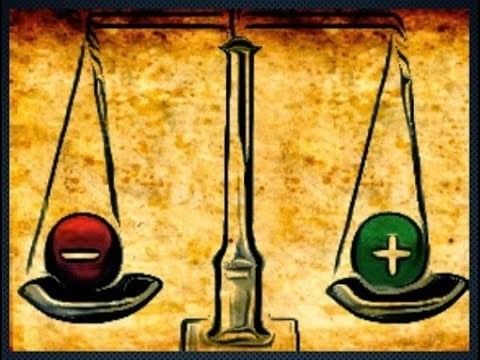 | ||
Absolute infinite crisis overview
The Absolute Infinite is mathematician Georg Cantor's concept of an "infinity" that transcends the transfinite numbers. Cantor linked the Absolute Infinite with God. He held that the Absolute Infinite had various mathematical properties, including the reflection principle which says that every property of the Absolute Infinite is also held by some smaller object.
Contents
- Absolute infinite crisis overview
- Haul 7th dec 2016 feat absolute infinite crisis dcu rebirth omnibus
- Cantors view
- The Burali Forti paradox
- References
Haul 7th dec 2016 feat absolute infinite crisis dcu rebirth omnibus
Cantor's view
Cantor said:
The actual infinite was distinguished by three relations: first, as it is realized in the supreme perfection, in the completely independent, extrawordly existence, in Deo, where I call it absolute infinite or simply absolute; second to the extent that it is represented in the dependent, creatural world; third as it can be conceived in abstracto in thought as a mathematical magnitude, number or ordertype. In the latter two relations, where it obviously reveals itself as limited and capable for further proliferation and hence familiar to the finite, I call it Transfinitum and strongly contrast it with the absolute.
Cantor also mentioned the idea in his letters to Richard Dedekind (text in square brackets not present in original):
A multiplicity is called well-ordered if it fulfills the condition that every sub-multiplicity has a first element; such a multiplicity I call for short a "sequence".
...
Now I envisage the system of all [ordinal] numbers and denote it Ω.
...
The system Ω in its natural ordering according to magnitude is a "sequence".
Now let us adjoin 0 as an additional element to this sequence, and place it, obviously, in the first position; then we obtain a sequence Ω′:
0, 1, 2, 3, ... ω0, ω0+1, ..., γ, ...
of which one can readily convince oneself that every number γ occurring in it is the type [i.e., order-type] of the sequence of all its preceding elements (including 0). (The sequence Ω has this property first for ω0+1. [ω0+1 should be ω0.])
Now Ω′ (and therefore also Ω) cannot be a consistent multiplicity. For if Ω′ were consistent, then as a well-ordered set, a number δ would correspond to it which would be greater than all numbers of the system Ω; the number δ, however, also belongs to the system Ω, because it comprises all numbers. Thus δ would be greater than δ, which is a contradiction. Therefore:
The system Ω of all [ordinal] numbers is an inconsistent, absolutely infinite multiplicity.
The Burali-Forti paradox
The idea that the collection of all ordinal numbers cannot logically exist seems paradoxical to many. This is related to Cesare Burali-Forti's "paradox" which states that there can be no greatest ordinal number. All of these problems can be traced back to the idea that, for every property that can be logically defined, there exists a set of all objects that have that property. However, as in Cantor's argument (above), this idea leads to difficulties.
More generally, as noted by A.W. Moore, there can be no end to the process of set formation, and thus no such thing as the totality of all sets, or the set hierarchy. Any such totality would itself have to be a set, thus lying somewhere within the hierarchy and thus failing to contain every set.
A standard solution to this problem is found in Zermelo's set theory, which does not allow the unrestricted formation of sets from arbitrary properties. Rather, we may form the set of all objects that have a given property and lie in some given set (Zermelo's Axiom of Separation). This allows for the formation of sets based on properties, in a limited sense, while (hopefully) preserving the consistency of the theory.
While this solves the logical problem, one could argue that the philosophical problem remains. It seems natural that a set of individuals ought to exist, so long as the individuals exist. Indeed, naive set theory might be said to be based on this notion. Although Zermelo's fix allows a class to describe arbitrary (possibly "large") entities, these predicates of the meta-language may have no formal existence (i.e., as a set) within the theory. For example, the class of all sets would be a proper class. This is philosophically unsatisfying to some and has motivated additional work in set theory and other methods of formalizing the foundations of mathematics such as New Foundations by Willard Van Orman Quine.
